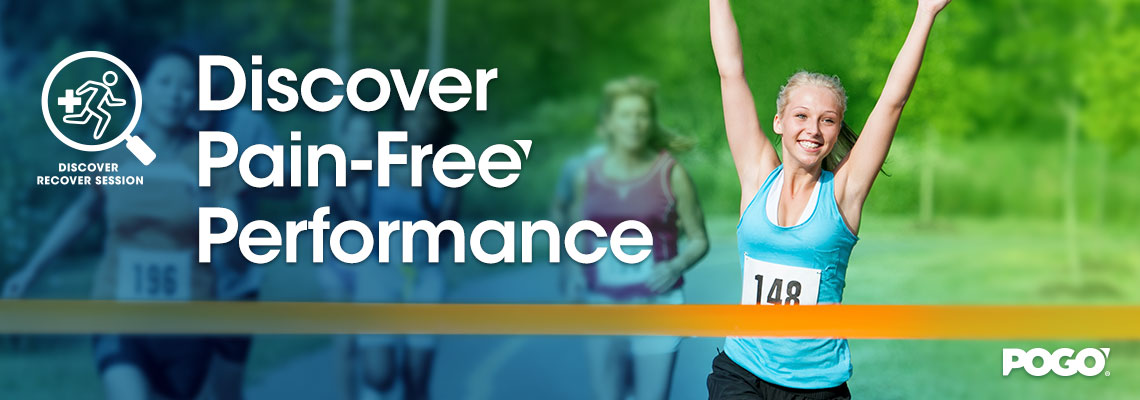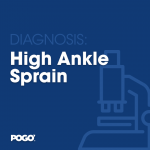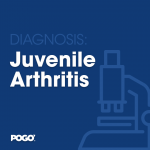Finding the Sweet Spot: Training Hard vs Injury
Training Hard vs Injury
Transcript
Good evening guys, Lewis here from POGO Physio, just going to talk to you today about an upcoming blog post that I have written about the trade-off between reaching your peak performance and finding training really hard to reach your peak physical best versus getting injured.
There are some key take homes from the article to look for but the consensus from the literature is that training too much or training too little isn’t really the problem, it’s about how you get there. So a lot of people have really high training volumes and training loads but don’t get injured and some people do hardly anything and still manage to get injured. Here we’re talking about overuse injuries, so non-contact injuries, whether it is running, soccer, football, netball, any type of sport. So some of the key things that research is telling us are that the best way to get and reduce your injury risk is progress slowly. So a five to ten percent increase has significantly lower injury risk compared to something like fifteen percent or even higher. So a good way to look at your training load is to monitor your weekly minutes but weekly minutes only tell you how much you’ve done volume wise and don’t really give you a good indication how your body responded to it. So a good way to monitor your internal work load is to rate how you feel after each session and times it by your total minutes. So without getting too maths heavy just rate zero to ten how you feel after the workout or the run and then times it by the duration. That will give you a good idea of your weekly load and you can monitor it week by week and we want to make sure your weekly increases are in that five to ten percent range.
That should help you find your training “sweet spot” so you’re still trying to build your physical capabilities to exercise at your best whilst reducing your injury rest. If you have any questions just let us know. Have a good evening.
Lewis Craig (APAM)
POGO Physiotherapist
Masters of Physiotherapy

Featured in the Top 50 Physical Therapy Blog








